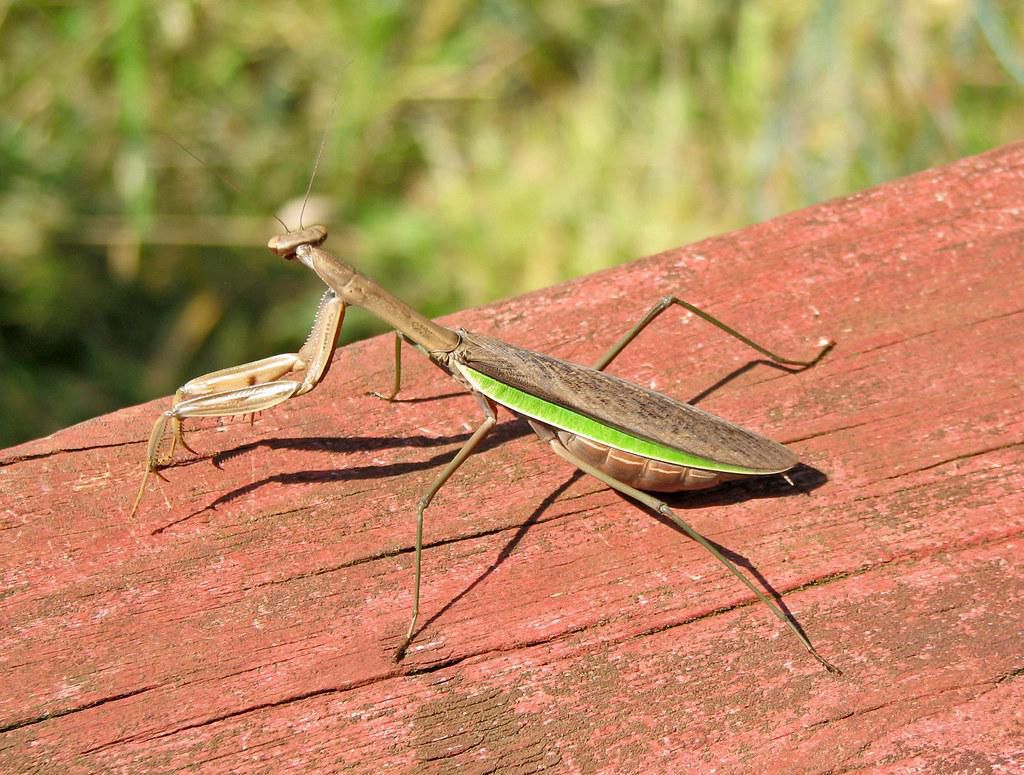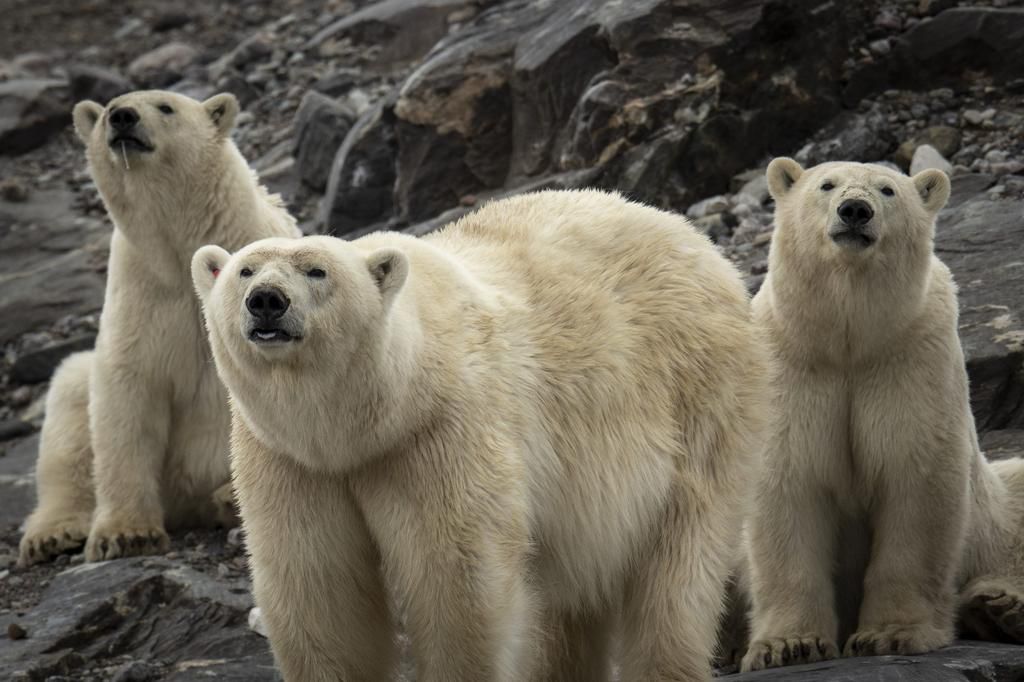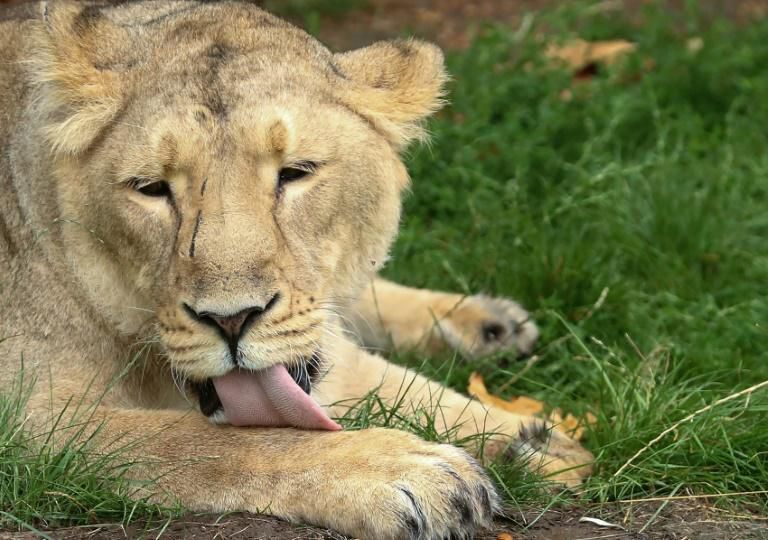The idea of an animal eating one of its own kind just feels wrong. But in the animal kingdom, things don’t always follow our human rules or feelings.
For some creatures, eating their own kind is a survival strategy. Sometimes it’s about competition, other times it’s about hunger, and in a few cases, it’s weirdly about reproduction.
Nature can be brutal and bizarre, and we might judge it harshly through human eyes, but to many species, it’s just business as usual.
Here are 10 animals that eat their own kind, and the surprising reasons why they do it.
1. Praying Mantis

Female mantises are known for biting off the heads of their mates during or right after mating. Scientists believe this act may give the female extra nutrients that help her produce healthy eggs.
So, in a way, the male is sacrificing himself for his future kids. Still harsh, but in nature, it makes sense.
2. Hamsters
)
Yes, even those cute little hamsters. Mama hamsters sometimes eat their babies, especially if they feel threatened or overwhelmed. It could be due to stress, illness, or not having enough food. It’s her way of “cutting losses” to save the rest of the litter. Shocking, but not uncommon among rodents.
3. Chickens
)
Believe it or not, chickens can be cannibals too. In crowded conditions or when they lack proper nutrition, chickens might start pecking at each other, and once they draw blood, it can escalate fast. This is why farmers work hard to give them enough space and balanced diets.
4. Tigers
![A tiger [AP7AM]](https://image.api.sportal365.com/process/smp-images-production/pulse.ng/26092024/2c57ab87-d690-4beb-9ae0-69a6103cf8ce)
Tigers are majestic, but they’re also solitary and territorial. Male tigers have been known to kill and eat the cubs of rival males. Why? It brings the female back into heat sooner so the new male can father his own offspring. Brutal, yes, but it’s nature’s way of passing down the strongest genes.
5. Polar bears

Due to melting ice and shrinking hunting grounds, some polar bears have turned to cannibalism out of sheer desperation. It’s not their natural first choice, but when food is scarce, survival instincts take over.
6. Frogs

Some frog species will eat their own tadpoles. It’s a mix of hunger and strategy. By reducing the number of siblings, a tadpole may have a better shot at survival. In some cases, even the adult frogs will snack on young ones if they need the nutrients.
7. Spiders
)
Female spiders, especially black widows, are notorious for eating their mates. Like mantises, it often happens after mating. In some species, even the babies can eat each other if food is limited. A survival-of-the-fittest lesson right from the start.
8. Fish (like guppies and cichlids)
Some fish will eat their own eggs or young. Sometimes it’s stress-related, other times it’s a way to invest in future opportunities when they sense that this brood might not survive.
9. Lions

Male lions, after taking over a pride, often kill the cubs of the previous male. It’s brutal, but it causes the lionesses to become fertile again so the new male can sire his own cubs. It’s all about passing on their genes.
10. Salamanders
![This strange species of salamander is one of the world's oldest animals, living for over 100 years! [iStock]](https://image.api.sportal365.com/process/smp-images-production/pulse.ng/26092024/760399d4-ba98-43ab-bea2-12011306940d)
Some salamander larvae are born with bigger jaws, and they use them to eat their smaller siblings. It's not random; it’s usually triggered by competition for food. It's ruthless, but those that survive are often stronger and more likely to thrive.
RECOMMENDED: 5 animals that give birth through their mouth
)
)
)
)
)
)
)
)
)

)
)
)
)
)
)